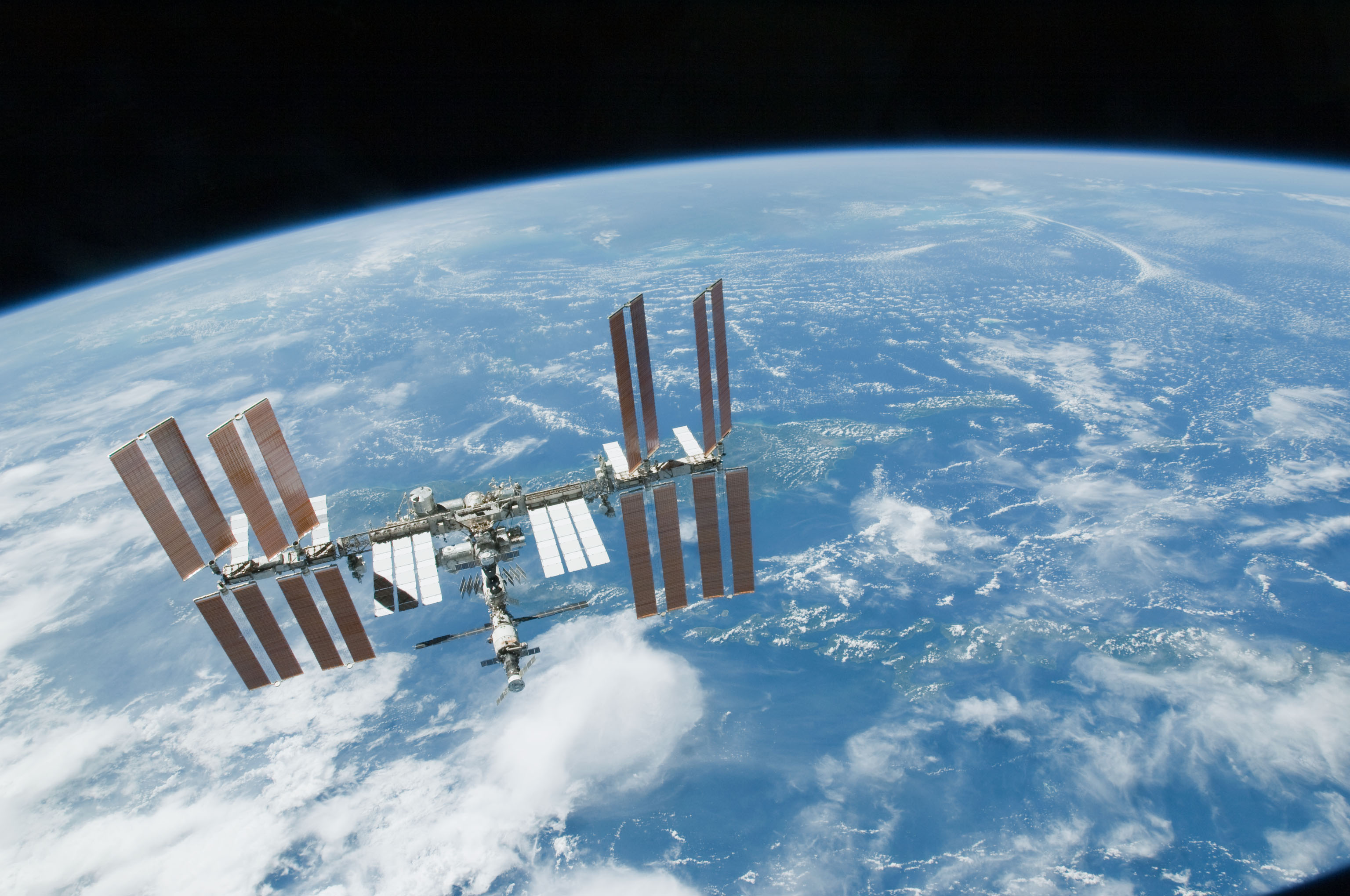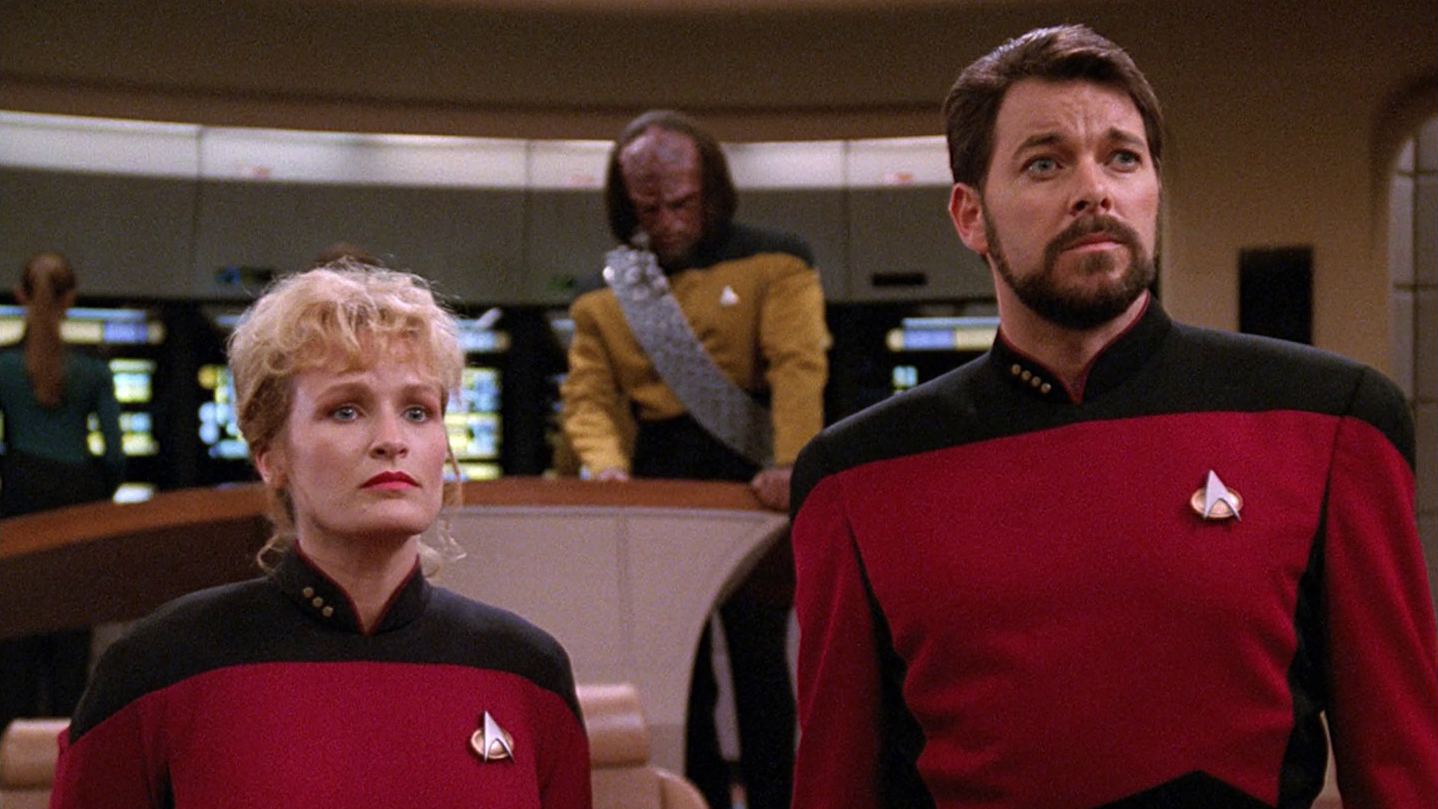New Commercial Crew Vehicles Could Serve As Space Station 'Lifeboats'

New commercial crew spacecraft for the International Space Station will be able to do more than just carry astronauts to the orbiting lab: They will also serve as temporary shelters, or even fly crew home, if there is an emergency in space, according to NASA.
Currently, in dangerous situations, such as when a piece of orbital debris threatens the space station, crewmembers take shelter in the Russian Soyuz spacecraft. And if a medical emergency were to arise that could not be handled in orbit, the crew would head back to Earth in the Soyuz craft.
The SpaceX Dragon and the Boeing CST-100 commercial crew spacecraft are both set to start crewed flights as early as next year, and NASA is working to ensure that these new spacecraft will serve most of the Russian spacecraft's protective functions, agency officials said in a statement. [ISS Tour: Russian Segment & Soyuz Spacecraft (Video)]
"The scenarios that would call for the spacecraft to operate as space-borne lifeboats have not occurred on the International Space Station before, but mission planners have long made sure they are prepared," NASA officials added.
"An electrical issue or ammonia leak on the space station could call for astronauts to shelter inside a Commercial Crew Program spacecraft long enough to correct the problem."
Today, the space station typically has six people on board, made up of two separate Soyuz crews, although the number sometimes reaches nine. Each person has an assigned emergency seat that he or she would use if the need were to arise. Therefore, the number of emergency seats limits how many people can be on the spacecraft at one time.
The Russian Soyuz can seat up to three people at a time. Depending on the crew configuration, the Dragon and CST-100 vehicles will each seat up to seven crewmembers.
Breaking space news, the latest updates on rocket launches, skywatching events and more!
However, the new spacecraft must meet a strict list of NASA requirements to serve as a lifeboat. Specifically, NASA said the spacecraft must be able to turn on quickly, even after sitting dormant at a docking station for weeks or months.
"Some systems will take longer to bring online, but the idea is to have spacecraft that astronauts can get into quickly for survival and then use to pull away from the station and come home if that is needed," Kathy Lueders, manager of NASA's Commercial Crew Program, said in the statement. "Defining exactly what that means, and what the companies can do to make it real, was the hard part. That's why we took a teamwork approach from the start and why we've treated this as a partnership."
Both Boeing and SpaceX are performing Earth-based tests of their spacecraft before doing in-orbit evaluations with a crew on board. After that, they will test their spacecraft's capabilities during a short mission.
"Their performances in space — without an actual emergency — are to be considered carefully before NASA certifies the companies to fly operational missions, which could see a spacecraft docked to the station for months at a time," agency officials added.
Follow Elizabeth Howell @howellspace, or Space.com @Spacedotcom. We're also on Facebook and Google+. Original article on Space.com.
Join our Space Forums to keep talking space on the latest missions, night sky and more! And if you have a news tip, correction or comment, let us know at: community@space.com.

Elizabeth Howell (she/her), Ph.D., was a staff writer in the spaceflight channel between 2022 and 2024 specializing in Canadian space news. She was contributing writer for Space.com for 10 years from 2012 to 2024. Elizabeth's reporting includes multiple exclusives with the White House, leading world coverage about a lost-and-found space tomato on the International Space Station, witnessing five human spaceflight launches on two continents, flying parabolic, working inside a spacesuit, and participating in a simulated Mars mission. Her latest book, "Why Am I Taller?" (ECW Press, 2022) is co-written with astronaut Dave Williams.
